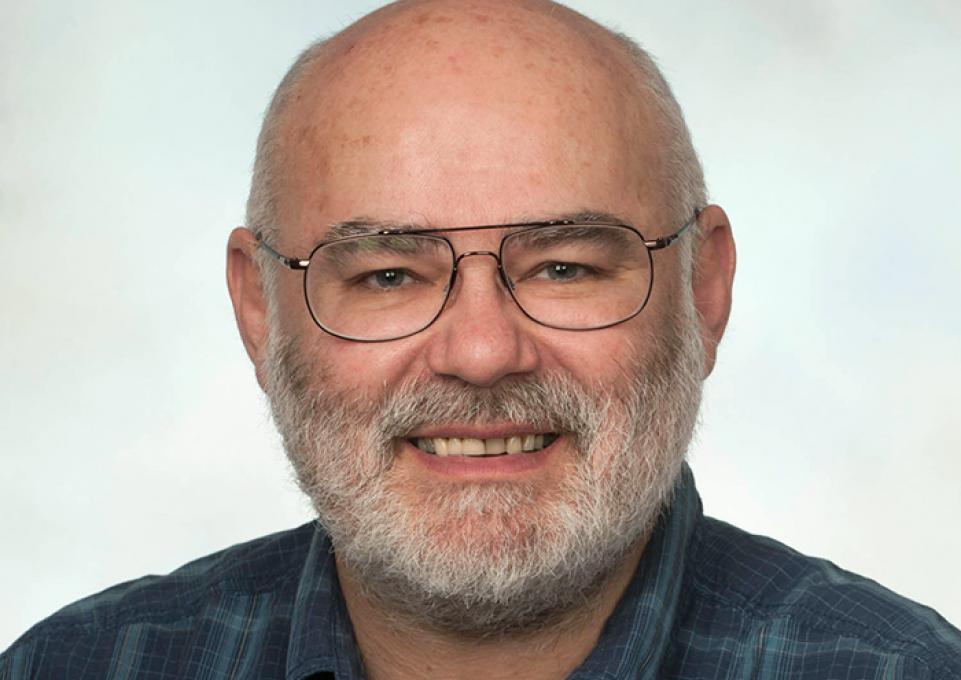
Dan MacIsaac, associate professor of physics, wants his students to learn—really learn—physics. And he wants those students who are present or future teachers to be able to share their understanding and excitement about physics with their students.
MacIsaac conducts research in physics teacher preparation and in the teaching methods that best promote student learning. When he came to Buffalo State in 2002, he already had established a reputation in physics education circles and had demonstrated that teaching methods based on students’ own inquiry helped them grasp concepts better than traditional lectures and textbooks.
“Back then, we gave students whiteboards so they could work together to find the answers to their own questions,” he said. “As pre-service teachers learned physics, they also experienced a different kind of learning via discourse, one that’s based on asking questions and working together to find answers. That’s the kind of practice we hope they will take into their own classrooms.”
Today, though, that inquiry-based learning also takes place through the creation of videos. “It’s a continuum,” said MacIsaac. “We used to ask students for written reports. Now, we also ask them to work together to create a rough cut or ‘test’ physics video.”
Why? “Because technology is part of students’ lives,” said MacIsaac, pointing to a passing undergraduate watching her phone as she walked by. “Video is the current medium. People will watch a short video rather than read. Video helps you visualize things. Some research journals now feature video abstracts. And you can create and edit a video with just an iPad or a smartphone.”
According to MacIsaac, students who create a test video are planning a discourse to be presented to others. “As a result,” he said, “students think very deeply about the physics phenomena they are presenting, which is the goal. I want students to think about the physics, not the quality of the video.”
Student video projects must contain certain elements, however: a storyboard, animation, sound and music, research with appropriate citations, multiple representations—particularly mathematics with worked examples. Students must provide a short written analysis of their test video with suggestions for shooting a more polished and effective video.
Undergraduate students Kaitlin Cerrillo and Jon Battison included all these elements—plus humor—in their example video explaining the law of reflection. MacIsaac noted that all pre-service teachers are also required to include a video in the edTPA component of earning their teacher certification, so acquiring video skills is an essential part of becoming a teacher.
MacIsaac has been an investigator on six projects funded by the National Science Foundation and NASA since 2002, and he received the Homer L. Dodge Citation for Distinguished Service from the American Association of Physics Teachers. He has been collaborating with colleagues at the University of Cologne’s Institute of Physics and Its Didactics in Germany for three years. “Germany is putting a lot of money into physics teacher education,” he said, “and it’s exciting to work with them.” He will spend next year on sabbatical there further investigating ways to use technology in physics education
